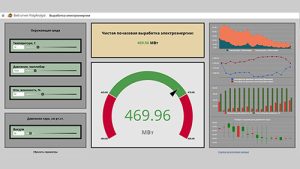Институт информационных технологий РТУ МИРЭА и Мегапьютер начинают подготовку специалистов...
Читать далееСбор данных и работа с Excel отнимают много времени? Автоматизируйте до 80% рутинной аналитики с PolyAnalyst!
Получить подарок!
Заполните форму и получите подарок — доступ к триал-версии PolyAnalyst на 3 месяца и буклет о переходе от таблиц Excel к расширенной аналитике в PolyAnalyst.
Убедитесь в простоте и эффективности PolyAnalyst!






